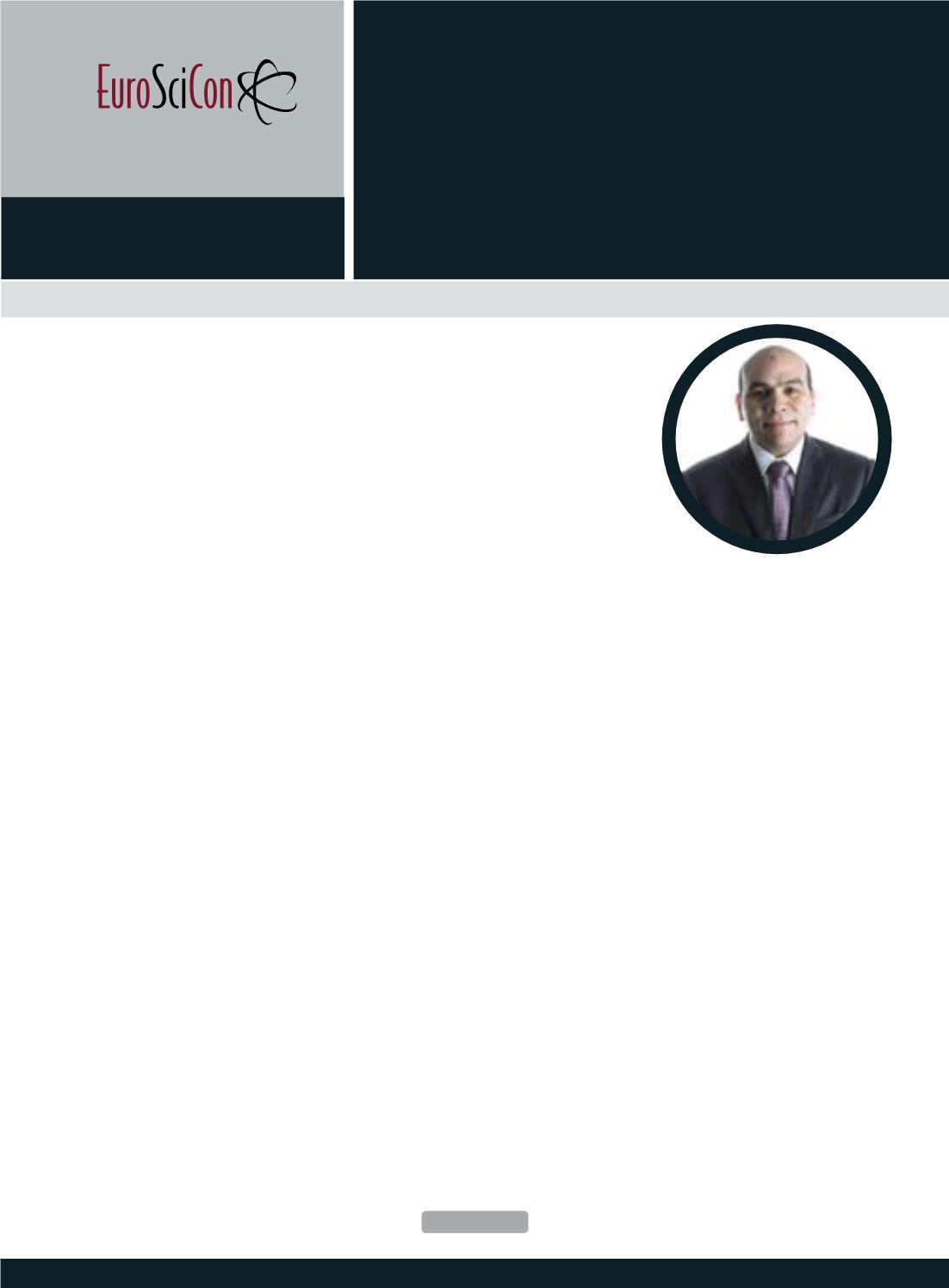

Dentistry and Craniofacial Research
ISSN: 2576-392X
October 08-09, 2018
Moscow, Russia
Advanced Dental Care 2018
Page 8
26
th
International Conference on
Advanced Dental Care
C
ompletely edentulous patients often have problems with
their complete dentures; a treatment modality of using
two, four or six implants to support an overdenture has been
proposed to improve the retention as well as the stability of
the conventional denture, in addition to preserving the residual
alveolar bone. Several worldwide research studies tested the
impact of implant-assisted overdentures on satisfaction and
quality of life and concluded that; individuals with implant-
assisted overdentures were more satisfied and had a better oral
health quality than others with conventional dentures. Implant-
supported overdentures are indicated in clinical conditions
requiring high values of retention and stability; such as cases
of high muscle attachments. Implant-retained overdentures
offered a simpler, cheaper and equally successful prosthetic
solution compared to the fixed restorations in the rehabilitation
of maladapted edentulous mandibles. Moreover, they provide
enhanced masticatory function, higher patients’ satisfaction and
quality of life than the conventional complete dentures.
Biography
Dr. Mostafa Helmy Mostafa Ahmed is studied PhD (Doctor Degree) in Im-
plant prosthetic dentistry, Cairo University 2013. He completed his
M.sc(Master degree) in Implant prosthetic dentistry, Cairo University since 2010.
He is a Associate professor in prosthetic department at Cairo University &
Lecturer in prosthetic department, Cairo University since 2010 till 2013. He
is also the demonstrator in prosthetic department, Cairo University since
2007 till 2010. Resident in prosthetic department, Cairo University since
2004 till 2007. University: BA degree from the faculty of dentistry year 2002.
dr.mostafahelmy@hotmail.comImplant-assisted
overdentures: A paradigm
relocation & simplification
Mostafa Helmy Mostafa Ahmed
Cairo University, Egypt
Mostafa Helmy Mostafa Ahmed, Dent Craniofac Res 2018, Volume 3
DOI: 10.21767/2576-392X-C4-010
















